Originally published February 19, 2009 … revised … yet again … and again … March 7, 2019
OK, let get down to brass tacks, or in this case, tripods and ball heads.
Teaching photo workshops as we do, we run into tons of questions about equipment.
“What camera should I buy?”
“What lens(es) should I bring?”
I was looking at a review on …”
Rarely, however, do people consult with us on tripods and ball heads ahead of time. In spite of our previous blog on this subject, updated several times since it was originally posted in February of 2009 and an article to which we have directed all our participants since it was published, people rarely ask us for any input on tripods and ball heads.
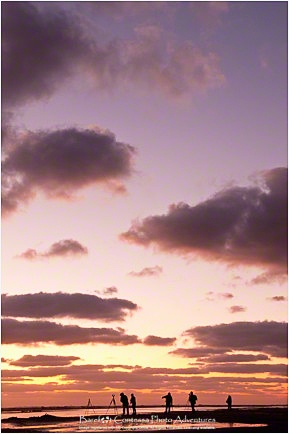 Are we the do-all-end-all for advice? Of course not, but Arnie and I made our living for decades as successful, full-time, working, professional photographers, and as such, we know what works. And as long-time teachers, we have seen the frustrations of those who try to “save” money.
Are we the do-all-end-all for advice? Of course not, but Arnie and I made our living for decades as successful, full-time, working, professional photographers, and as such, we know what works. And as long-time teachers, we have seen the frustrations of those who try to “save” money.
“I just spent $X on my camera, and those things are expensive.”
Yes, they are, no question, BUT it goes back to the old expression, “You gets what you pays for.” It’s rather akin to filters. Why would you put a $20-30 filter on an expensive lens? After all, your lens is only as good as the weakest piece of glass on it. Yup, you’ve got it. That expensive lens is now only as good as the glass in that cheap $20-30 filter.
Hmmm…
Is there any difference when you contemplate buying a tripod and ball head? You spend, let’s say, $3,000 on a camera body and some lenses. That’s conservative in many cases. And you buy a flimsy, $129.99 combo deal on sale? Your $3,000 investment isn’t very safe on that I’ve-saved-money piece of … er … well, you know what I might have said. That is not to say that getting something on sale or second hand isn’t a good way to go, BUT …
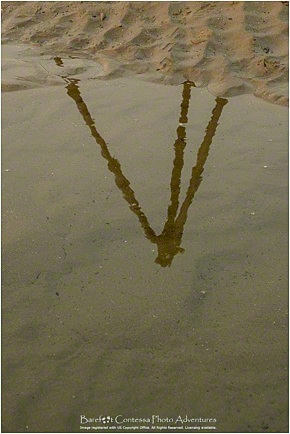 We are always amazed that people will spend thousands of dollars on a high-end camera and lenses but skimp on their tripod and head. Having a substandard system for your camera and lenses is worse than having no tripod at all. We have seen cameras fall on rocks, head for the drink or briny deep, teeter off porches, and a host of other mishaps. Fortunately for our students, the cameras were caught or rescued in the nick of time, but — and this is a BIG BUT — they were really lucky!
We are always amazed that people will spend thousands of dollars on a high-end camera and lenses but skimp on their tripod and head. Having a substandard system for your camera and lenses is worse than having no tripod at all. We have seen cameras fall on rocks, head for the drink or briny deep, teeter off porches, and a host of other mishaps. Fortunately for our students, the cameras were caught or rescued in the nick of time, but — and this is a BIG BUT — they were really lucky!
And then, there have been those who were not so lucky. Fortunately, they were in the minority.
Tripods
“OK,” you ask, “what should I buy?”
The first answer is, “Get the best you can afford.” That is obviously a simplistic answer, so we’ll delve further.
First, weigh your camera and your heaviest lens. Add a few pounds in case you want to buy an even heavier lens later on. Both your tripod and head should be rated to handle that weight with a margin of safety of at least another couple of pounds!
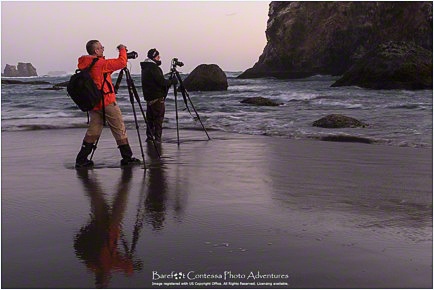 We generally recommend looking for something with a load capacity of an absolute minimum of 14 pounds — 18 is much better — for a dSLR camera, and considerably more if you have a medium-format or larger camera.
We generally recommend looking for something with a load capacity of an absolute minimum of 14 pounds — 18 is much better — for a dSLR camera, and considerably more if you have a medium-format or larger camera.
In the long run, it is cheaper to buy a good system than an entry-level one. So many of our participants have skimped and ended up more than frustrated with their equipment. They ultimately buy something better, and guess what? They wasted their money on that first system. Sometimes, they have indulged in second and third systems before they finally realize that they should have gone for an appropriate system the first time. Realistically, however, budgets are budgets, and each person has to weigh those decisions.
Carbon-fiber tripods are lighter, but they are more expensive than the standard metal ones. That said, the prices are coming down every time you turn around. Wait for a sale.
There are features we like to see in a tripod, to wit:
- Sturdiness/stability; if you rap one leg, and the other two move or vibrate, the tripod is too flimsy;
- Three-or four-segment legs for greater height adjustment and more compact length when collapsed;
- Adjustable and reversible center column, preferably one that can also be taken out of its vertical position and put in horizontally;
- A bubble level – not critical, but very useful for stitches (panoramas); and
- Ease of use — if it doesn’t work for you, you won’t use it, and it is a total waste of money.
Arnie and I both use a Really Right Stuff tripod that we love. There are a number of different models and price points at the link.
Before that, he was a decades-long Gitzo fan, and those are still excellent. The newest iteration of his old one is the GT2531EX. When we were still in the commercial world, we used it on assignments, as it is lighter. After all, nothing taken on an airplane gets any cheaper these days! There is also the four-section GT2541EX.
While the links here show a good description of the equipment, you would do well to shop the Internet for the best price, keeping shipping costs in mind. Also weigh the integrity/reputation of the supplier into your decision of where to buy a piece of equipment.
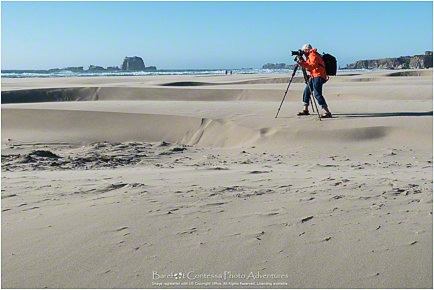 Some of the best-made tripods on the market are only available directly from Really Right Stuff. They aren’t inexpensive, but in reality, they aren’t that much more than their Gitzo or Manfrotto counterparts, and people often spend much more, because they to not start with the right “stuff” at the onset.
Some of the best-made tripods on the market are only available directly from Really Right Stuff. They aren’t inexpensive, but in reality, they aren’t that much more than their Gitzo or Manfrotto counterparts, and people often spend much more, because they to not start with the right “stuff” at the onset.
Hint:
If you don’t buy a tripod with a built-in, carrying strap, you may want to either buy or fashion one yourself.
We used to recommend some lower-budget, private-label tripods put out by the various big camera stores, but it seems they only last a couple of years under regular use. Some come with ball heads. The critical element again is load capacity. Remember those stories above of cameras and lenses meeting with near disasters?
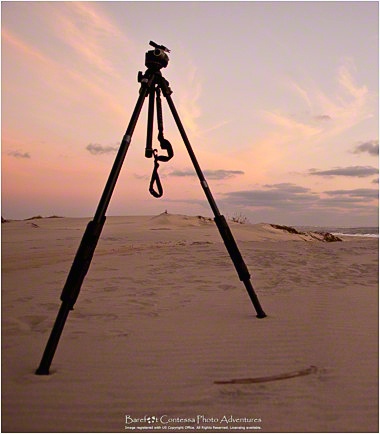 Hint:
Hint:
When shooting with a lens with image stabilization (IS) or vibration reduction (VR) — two different names for the same thing — we recommend turning it off while working on a tripod. These lenses look for shake, then compensate for it. If they don’t find shake, they can shake in an effort to seek out the now-non-existing movement! Don’t forget to turn that feature back on if you are hand holding the camera.
Hint:
Arnie and I carry our tripods over our shoulders with the cameras still mounted. We dare do this with Really Right Stuff ball heads, because they are so secure. For more comfort, we put some pipe-insulating foam around the legs, secured with gaffer’s tape — NOT duct tape. This is much cheaper than buying fancy custom tripod “tea cozies” from $30-60. We prefer our local hardware store’s prices. And make sure the lens on the camera is facing DOWN. Birds have been known to fly overhead, and you know what THEY can do. Very messy and not something you want on your delicate lenses!
Ball Heads
Even more important than the tripod is the ball head. If your head does not securely hold your body and lens, it is useless. In today’s world, the vast majority of experienced photographers use a ball head for good reason. It is just plain easier to use and more accurate for fine adjustments. And it is really a ball head. If you don’t see the ball, you are probably looking at one of those Machiavellian, two-handled, multi-knobbed models from the Dark Ages that frustrate so many of our participants. One so much, in fact, that she threatened to throw it over a cliff.
I quickly reminded her that there might be people w-a-a-a-y down below, and involuntary manslaughter was probably not high on her list of achievements, so she begrudgingly kept it. As soon as we got back to the classroom, she ordered a decent system right away, and through some cajoling, got it delivered in time for the last two days of the workshop.
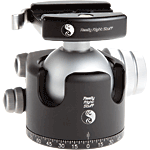 Arnie and I have been using ball heads since the 70s. Today, there are some great ball-head-and-mount systems on the market. Things you may want to consider are:
Arnie and I have been using ball heads since the 70s. Today, there are some great ball-head-and-mount systems on the market. Things you may want to consider are:
- Smoothness of movement;
- Adjustable drag;
- Secure clamping;
- Quick release plates rather than having to screw the camera onto the head; and
- Built-in level.
Hint:
When you are shooting with a longer lens with its own mount/tripod collar, always use that instead of the camera body, and you can just rotate the lens for horizontal or vertical views without unmounting it. This means that you will have to get a second, two-screw plate for the long lens And if you don’t have a collar, we strongly recommend your getting one. It keeps the weight distribution on the tripod balanced.
First, it is easy to switch from horizontal to vertical mode. Secondly, your camera will not sag.
Again, some of the best-made ball heads on the market are only available directly from Really Right Stuff.
And no, we do not get any “sponsorship” from them, nor from any other manufacturers whose products we recommend. There are always different opinions, and you have to decide for yourselves. We are just offering what has worked for us for many years. Kirk has been successful for some of our alumni, too.
Brackets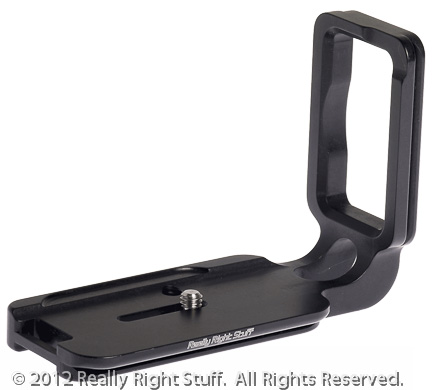
We highly recommend the systems that have L brackets that are made for your specific camera model. There are two advantages of owning an L-bracket system.
A regular, rectangular bracket mounted on the bottom of your camera really has nothing to hold it in place except for brute strength in tightening it, and even then, it will come loose, sometimes sooner, occasionally later, but it will come loose. Some of our readers have already experienced that. Frustrating? You bet!
If price is no object, we recommend that you look at The Really Right Stuff ball heads and quick-release L brackets.
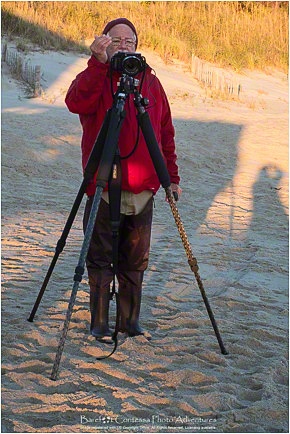 Their brand name is apt! If these are more than your budget allows, study how they are made along with their features, and then find something within your budget that comes close, again, never losing sight of the weight capacity. That weight capacity is every bit as important as the one for your tripod. Remember, your system will only be as good as the weakest element in it.
Their brand name is apt! If these are more than your budget allows, study how they are made along with their features, and then find something within your budget that comes close, again, never losing sight of the weight capacity. That weight capacity is every bit as important as the one for your tripod. Remember, your system will only be as good as the weakest element in it.
So shop carefully, and plan for the future. As noted above, you’ll end up spending less in the long run if you get the right combination at the onset.
We have had many participants who have gone from hating the idea of using a tripod to repeating our mantra with enthusiasm, “My tripod is my friend!” (said, of course, in a sing-songy sort of way)
We always enjoy comments.
We hope you will LIKE this blog (just above the blog title above) and SHARE it (below) with those interested in photography and travel along with the following:
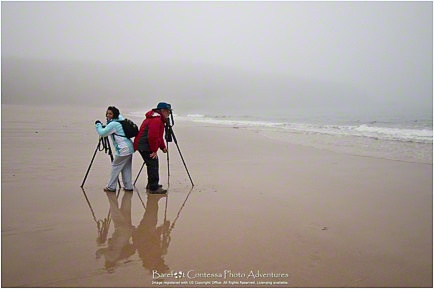
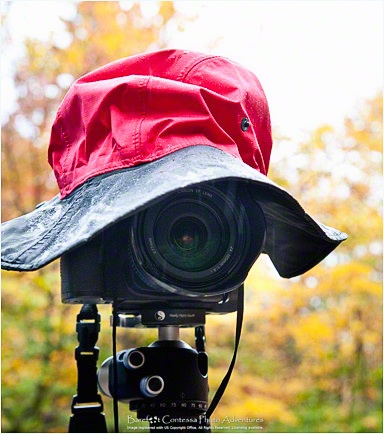
What is the differences in L-bracket between Kirk brand and RRS? I am currently using Kirk’s but find one problem is that when I plug in the remote, I can’t put vertical because the remote head is in the way, stick out.
Sabrina,
We like the L brackets, because, at least on the Really Right Stuff, and I would hope the Kirk, too, the positioning allows for the user to use the remote plug-ins without an issue. We never have the problem you describe. Yes, RRS is more expensive, but boy, does it work!
Take care,
TBC
Do you have any photos of a Gitzo 2541EX and BH55 ballhead attached?
Yes, In some of the Students in Action slide shows in the students’ gallery page, you’ll see some occasional photos of Arnie with his Gitzo.
Take care,
TBC
Your blog is very helpful for me. I appreciate it very much.
Excellent post thank you for the info
good post
I have used a couple of Gitzo’s and they are excellent. I have a large and small ball head from Kirk; they are similar to RRS but I started with Kirk and so will remain with their products. If you call them, they can explain the difference between their units and RRS; I found the sales pitch useful.
More importantly, I have had to reduce the weight of equipment that I carry. So I use a light weight Gitzo that folds and can fit into a carry on bag. I use my small ball head.
I did like the way that Margo’s tripod worked.
George,
It all comes down to what works for the individual. Kirk and Really Right Stuff are both excellent. The most important thing is to get both a tripod and ball head that are robust enough to safely support your camera and longest lens.
Thanks for your comments,
TBC
I agree with your recommendation of RRS for their QR clamps and plates, but I think there are better choices for ballheads, Markins being one of them.
http://www.markinsamerica.com/MA5/M20.php
The Load Capacity/Weight for the Markins vs RRS BH55 is 100lb/1.25lb vs 50lb/1.9lb. And the Markins is less money.
Additionally, although I have not used the RRS ballheads, I have talked to several photographers who have found them dissappointing in the smoothness of their operation.
Ross,
It is always a hazard when one mentions one brand or another! There is no one right answer, so we appreciate your input. If any others would like to weigh in, that is always useful to others. We, of course, can only speak first-hand about what we use. Ultimately, though, one needs a sturdy tripod, and we iterate that a flimsy tripod for the camera one owns is worse than no tripod at all.
We look forward to seeing you in Maine in just a few days!
Take care,
TBC
Ross,
I can’t speak for others, of course, but Arnie and I love the RRS ballheads. We have found them to be very smooth and beautifully made, but like any more sophisticated ballhead, you have to adjust the drag to fit your hands and operating style. Arnie and I, for example, definitely have different drag settings.
As to the Markins, we have not seen them first hand, but if they work, that’s great. We certainly are all for spending less money whenever possible and still get a quality system that will keep one’s camera and lenses safe.
–TBC
Sehr gute Seite. Ich habe es zu den Favoriten.